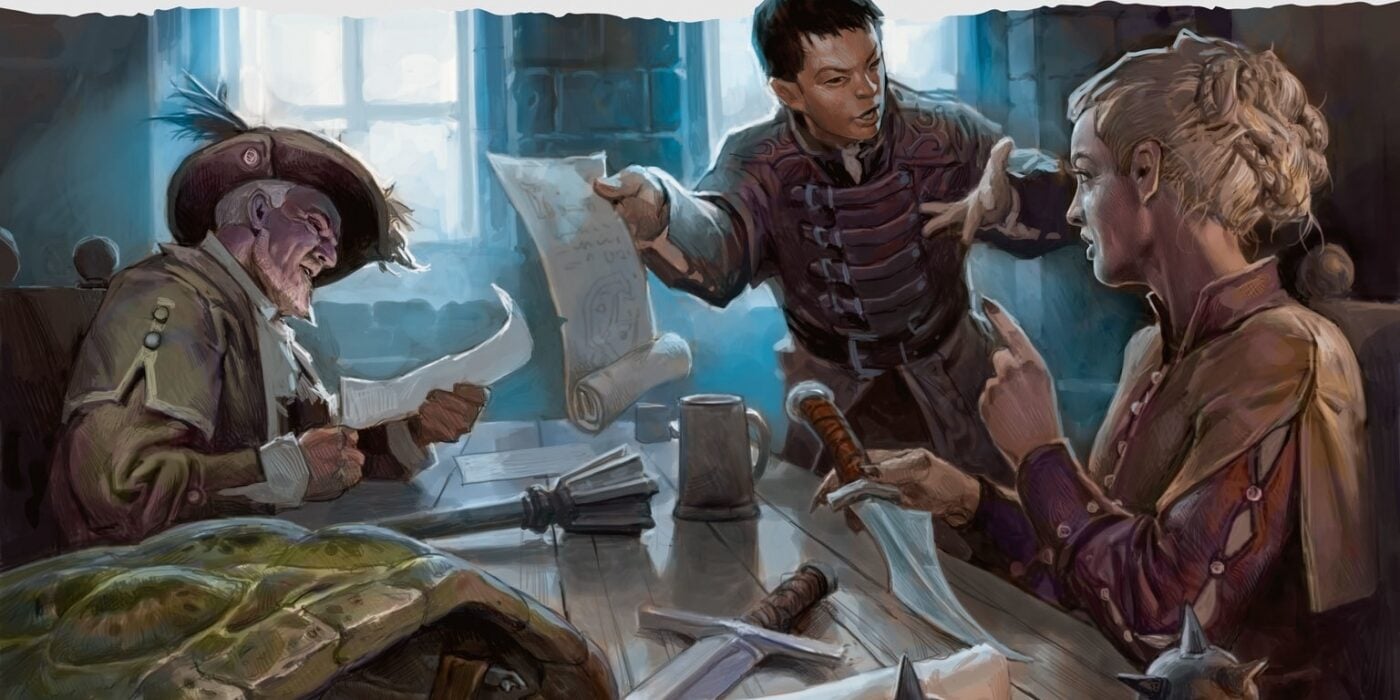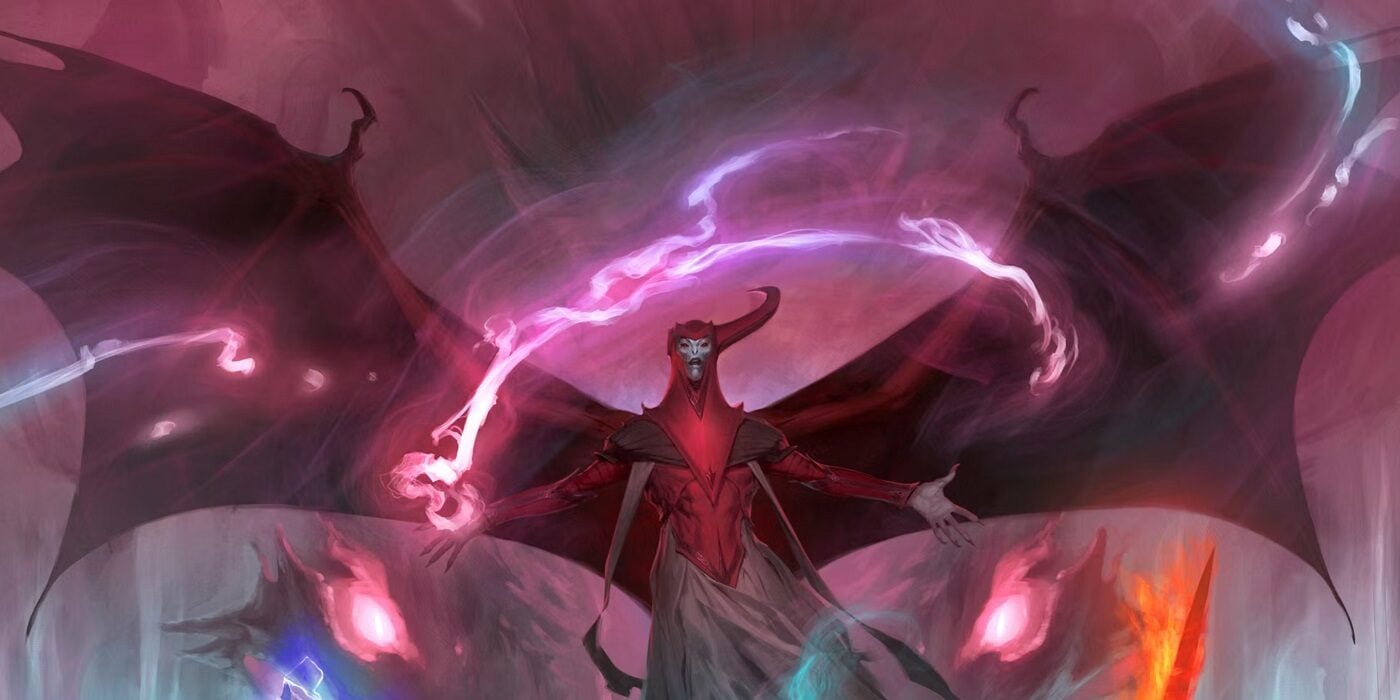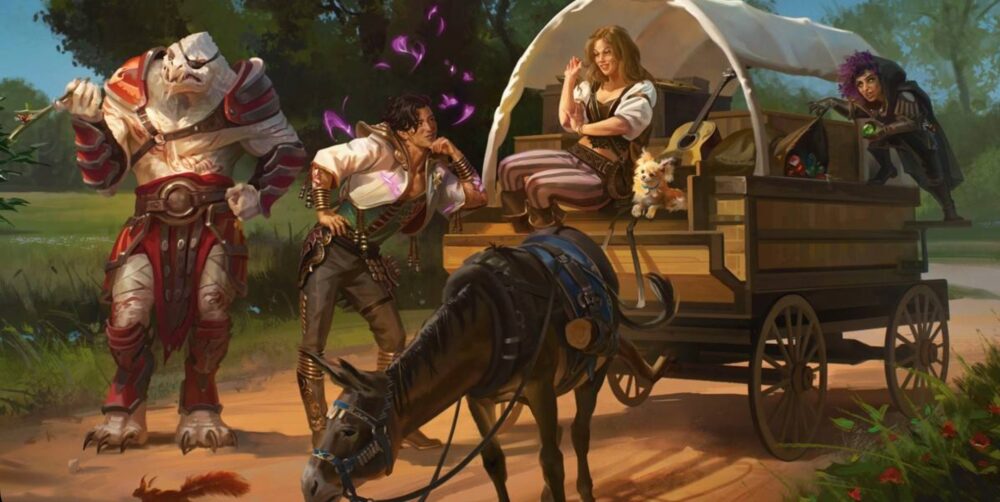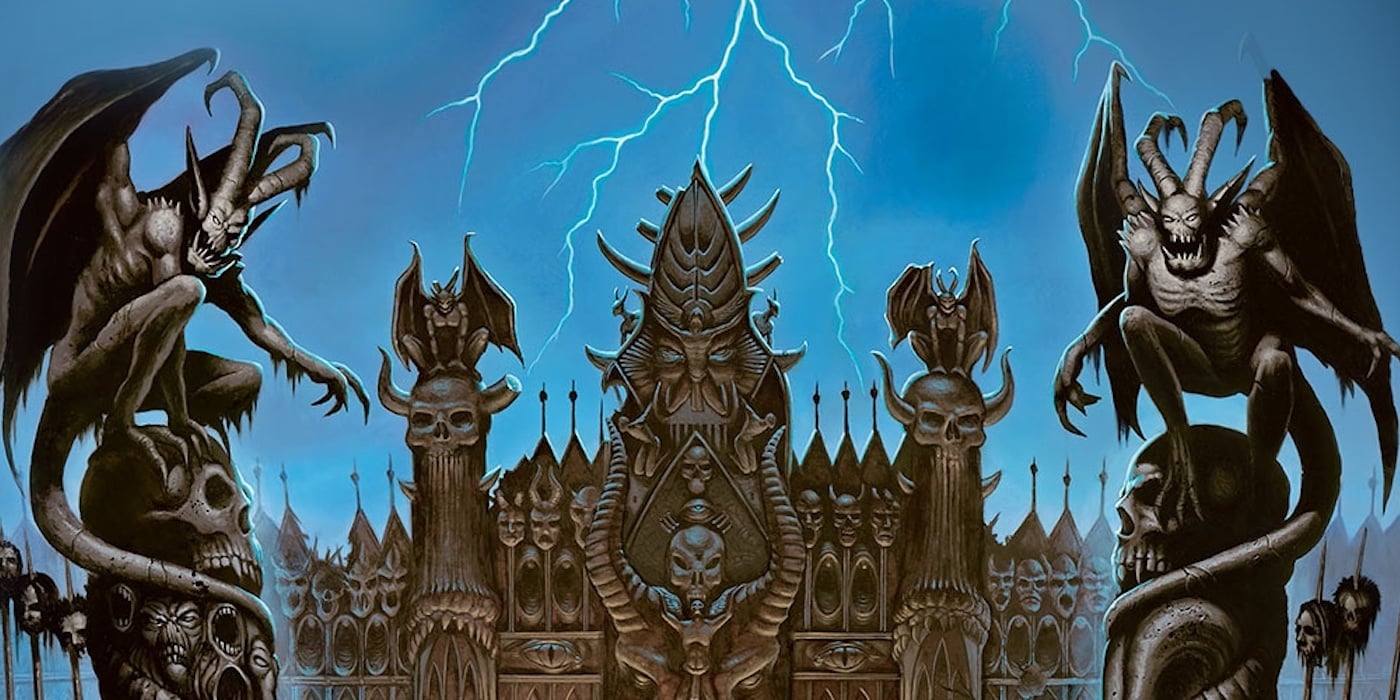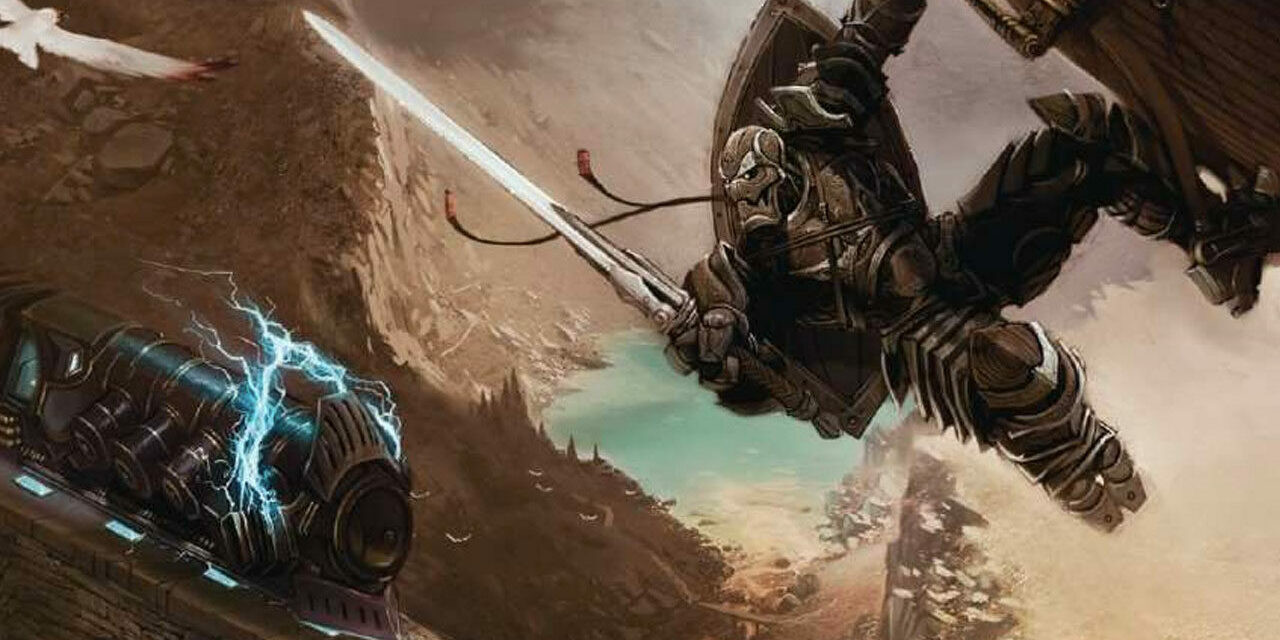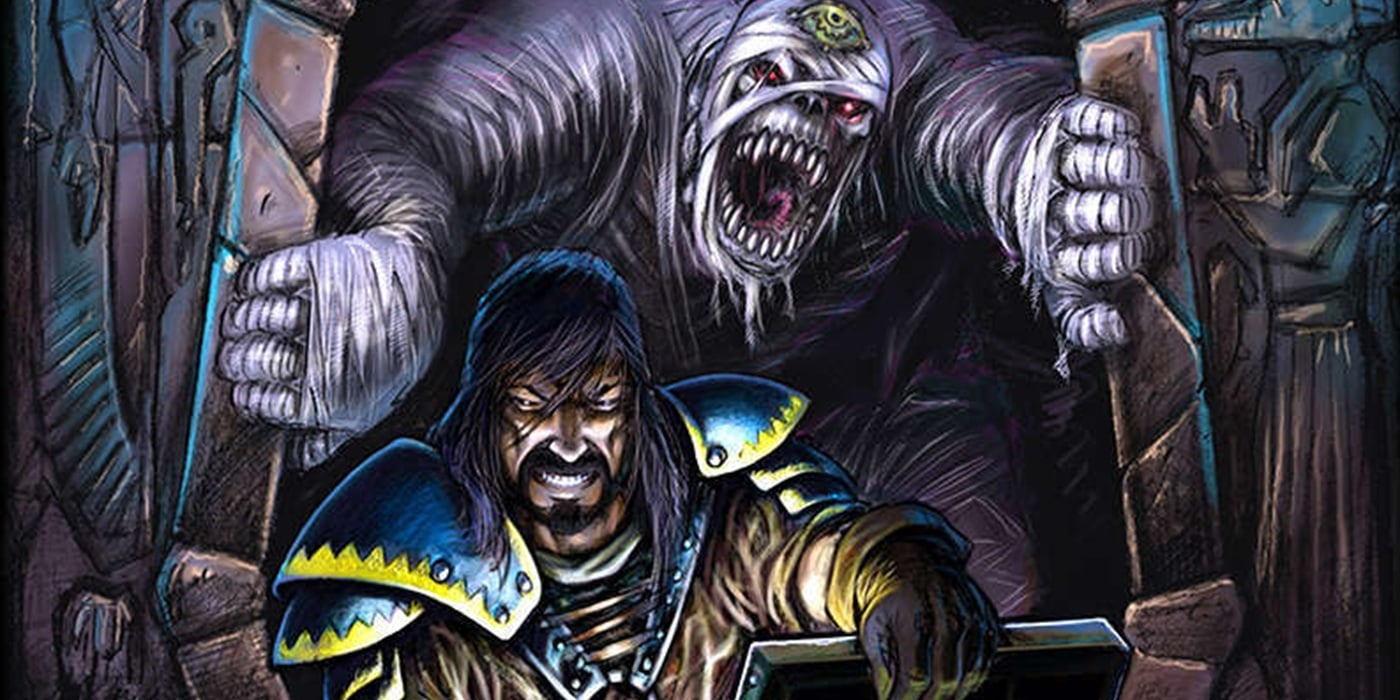D&D: Five Different Campaign Styles For Your Next Game
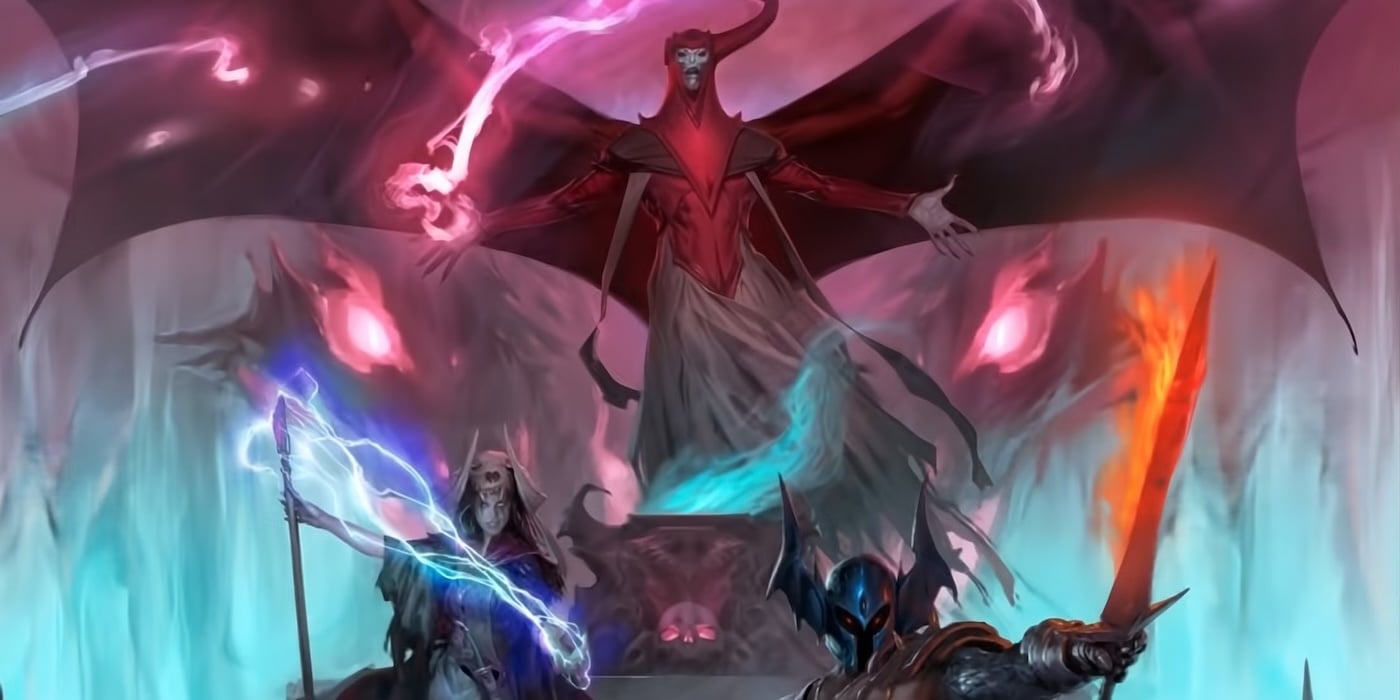
There are so many ways to play D&D. Here are a few different campaign styles you should try sometime.
One of the best things about D&D is how many different ways you can play. Whether you’re exploring a map square by square, delving into a megadungeon, or getting involved in the intricate economics of a fantasy city or trying to figure out if the local ecology is the right kind to support thatched roofs for the cottages in your fishing village; there are so many things to think about.
Not every campaign needs to feel like the same old routine. Here are some campaign styles you can try for your next campaign!
Hexcrawl
This is a campaign style for the explorers in your party. A hexcrawl campaign, as the name suggests, revolves around a hexmap. And a very invested GM (or at least one with access to fun/enjoyable random oracle tables). In a nutshell, you have a rough map of the area you’re in with a point of interest or two readily marked upon it, but the rest of the hexes on the map are “unexplored”.
That is, people don’t really know what’s in them until you go to them and see for yourself. A lot of the campaign invovles travel overland, through hexes to get to places that you’ve learned about on the map. This can include other towns. Ancient ruins. The whole nine yards.
This style of play is often very concerned about navigating and exploring—and makes use of random encounter tables, and sometimes even random wilderness tables to generate interesting things on the fly for the characters to discover.
Arc Driven
Another name for this might be villain-driven campaign. These are the kinds of campaigns where the DM has a story in mind—usually some sort of immediate threat that ties into a larger villain until eventually you’re fighting gods. Critical Role could, in the aggregate, be described as an arc-driven campaign. Especially campaign 1, there are distinct arcs—such as when Vox Machina faces the Briarwoods, when they’re dealing with the Chroma Conclave, or Vecna.
This is where there’s a larger story unfolding in the world, and the player characters are swept up in it, to some degree. The overall shape of the campaign usually involves learning more about the history of the world—particularly with regards to whatever is threatening it now.
Sandbox / Life Sim
A lot of campaigns might be considered a sandbox—this is a charged term in the tabletop RPG world. But for the purposes of our list here, a sandbox campaign is typically one where the world turns. And the player characters are turning along with it.
In sandbox style campaigns, the GM usually shows some part of the world, being sure to have things that might appeal to the specific player characters. In these kinds of games, the GM and players often pay attention to both the large and small details of the world, to try and make it feel immersive—like your characters are living there.
Once the GM establishes that baseline of “this is what reality feels like” the characters step out into the world to find their own goals and pursue them. Not to say that the GM exists solely to facilitate whatever the players want. The GM is there to make the world feel alive. To make it respond to whatever the players decide, both positively and negatively.
And that can push and pull the party in different directions. But ultimately, it’s the players who drive where the lens of the game focuses in a campaign like this, whether that’s fighting monsters or running their own inn/farm for wayward souls. Or anything else in between.
Dungeon Crawling
The second crawl-type campaign in this list, a dungeon crawl should be familiar to many players. Almost every D&D adventure, at some point, has players wandering into a specific location and exploring it room by room in search of treasure, enemies, or plot devices. A Dungeon Crawling campaign is just that over and over again.
Player characters have a base in a town, they might have to discover rumors to find a dungeon, but by and large, these kinds of campaigns are about going from one location-based adventure to the next. You might have the occasional bit of overland travel, but ultimately, whether you’re exploring the nine temples of the ancient gods to figure out how to seal away the ancient darkness, or just looting the tombs of a series of ancient heroes a dungeon crawl campaign focuses a lot on moving through a dungeon room by room, often round by round.
Railroad
Railroading gets a bad rap in D&D. But here’s the thing, as long the train is headed somewhere fun, it doesn’t matter. Railroad style campaigns are ones with a very strict story path laid out before them that they follow. The fun is often in discovering how players react to the things that happen to them along the way.
It means acknowledging that sometimes you can’t prevent the release of the ancient dragon because the campaign is designed to end with a climactic fight against the ancient dragon. But the fun of a railroad campaign is in finding the momentum that carries you along a fun ride where your players are at the heart of it. Often the fate of the world rests on the party’s ability to deal with whatever is in front of them.
Many pre-published adventures/campaigns follow this kind of model. It can be an asbolute blast, depending on your group.
Happy adventuring!

